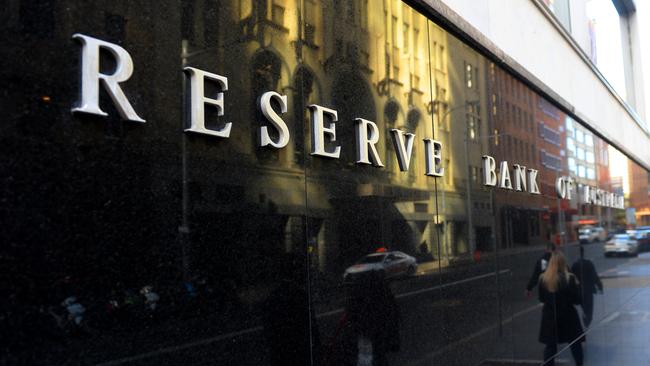
With NSW recording 633 new cases of locally acquired Covid on Wednesday and Premier Gladys Berejiklian indicating that the crisis will worsen, the RBA’s assumption that the Greater Sydney lockdown would “extend through the September quarter” looked conservative.
It came as Australia’s wage price index for the June quarter rose just 0.4 per cent – equalling its record low apart from the Covid period – and 1.7 per cent year on year.
Economists will gauge the economic impact of lockdowns when July labour force data are released on Thursday, but they argued that the chance of a delay in “QE tapering” had increased.
Some said an increase in bond buying was now more likely than a reduction next month.
“At the RBA’s September 7 meeting we expect they will announce a decision to keep the current QE purchase pace of $5bn a week, rather than reducing it to $4bn a week,” said UBS chief economist, George Tharenou. “The risk now appears to be for an increase in QE ahead, rather than a decrease.”
It came as the Reserve Bank of New Zealand surprised markets by keeping its official cash rate at a record low of 25 basis points after the nation was plunged into a strict Level 4 lockdown for at least three days due to one Covid case.
Royal Bank of Canada macro rates strategist Robert Thompson said that while he still expected the RBA to go ahead with the taper plan at the September meeting, “the odds of a pause have risen”.
Australia’s Covid outlook remained the “key risk”, especially if it threatened to drag out economic weakness beyond the September quarter into the December quarter.
But the “optics” of the RBNZ choosing not to hike at this meeting were “potentially instructive”.
“If Covid9 cases in NSW haven’t yet reached a plateau, and if Victoria or other states find themselves joining NSW in extended lockdown by the time the RBA meeting rolls around, we could see the RBA temporarily step back from its planned taper,” Mr Thompson said.
The RBNZ’s decision was made “in the context of the government’s imposition of Level 4 Covid restrictions”, a “stark example of how disruptive the virus is proving to be”.
But the RBNZ’s interest rate projections continued to show rate hikes starting this year.
“The committee will assess the inflation and employment outlook on an ongoing basis, with a view to continue to reduce the level of monetary stimulus over time so as to best meet their policy remit,” a statement from the RBNZ said.
“Capacity pressures are now evident in the economy, particularly in the labour market where job vacancies remain high despite the recent decline in unemployment and underemployment.
“Wages are rising consistent with the tight labour market conditions.”
RBNZ Governor Adrian Orr wouldn’t be drawn on the assumptions underlying the interest rate outlook regarding time to exit restrictions.
The bank expects the stop/start dynamic of lockdown/reopening will be around for some time, and the economy is expected to operate with the consistent flexibility seen to date.
“Given this messaging, hiking in October after today’s interruption still seems more likely than not,” said JP Morgan chief economist Ben Jarman.
But Australia’s stubbornly-low wages growth highlighted the challenges facing the RBA as it aims to get wage inflation up to the 3 to 4 per cent per annum levels considered consistent with its 2 to 3 per cent target, according to BetaShares chief economist David Bassanese.
“There has been a notable vertical decline in Australia’s Phillips Curve in recent years, such that given levels of unemployment tend to be associated with lower and lower levels of nominal wage growth,” he said.
Mr Bassanese said that along with the now increasing likelihood of intermittent state lockdowns for months, low wages growth made it “very hard for the RBA to proceed”.
“In the least, the RBA will likely maintain bond buying at its current rate and may well boost bond buying to a degree – if only to be ‘seen to be doing something’.”






The Reserve Bank is likely to delay its plan to ease its policy stimulus next month after the NSW Covid outbreak worsened and data showed June quarter wages growth was soft even before the lockdowns took full effect.